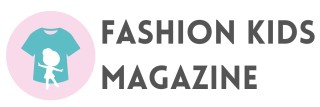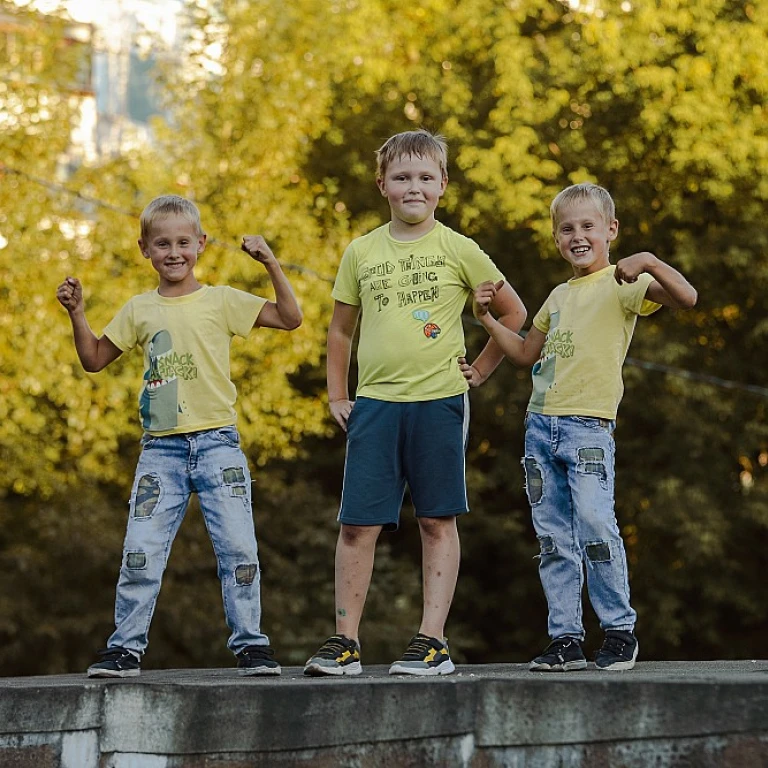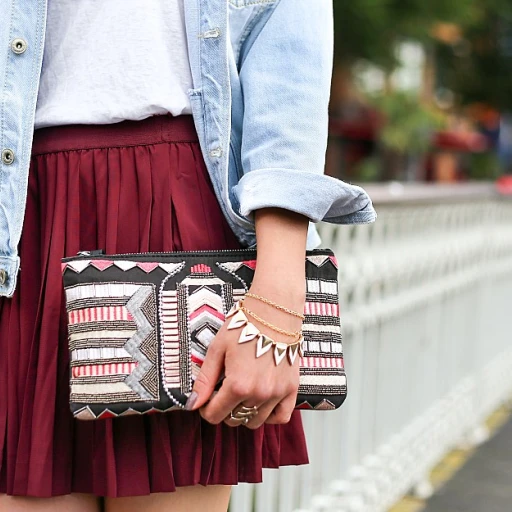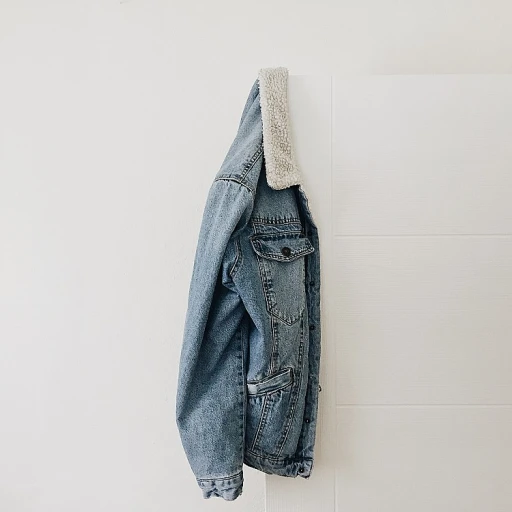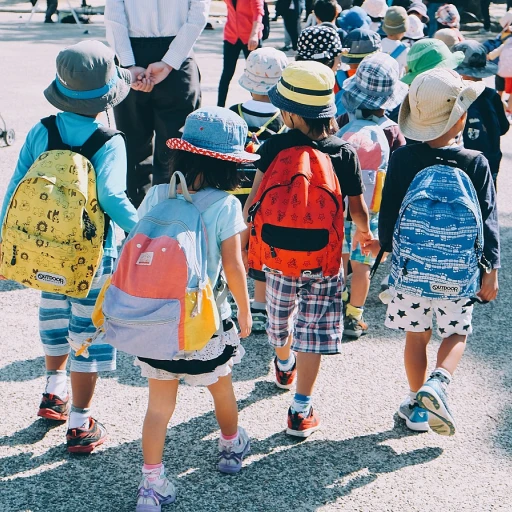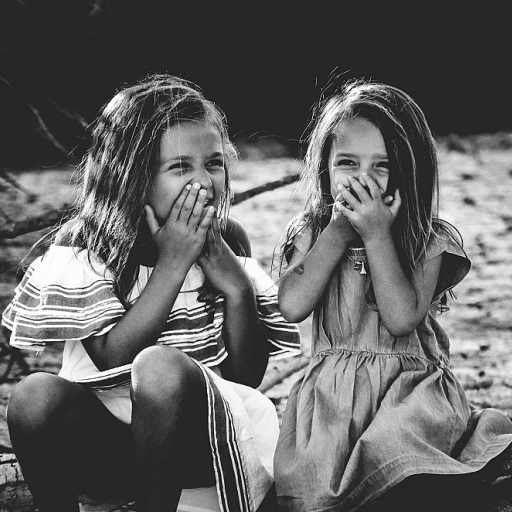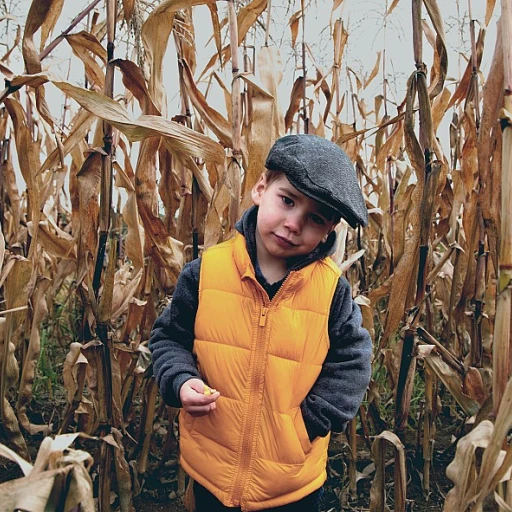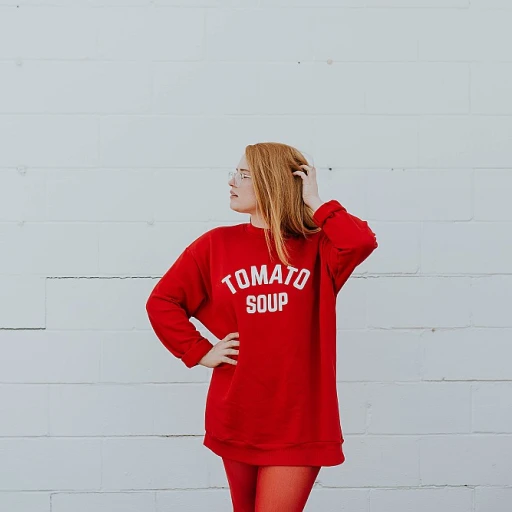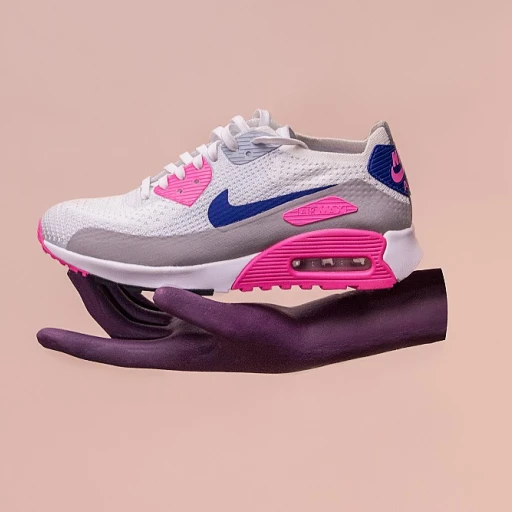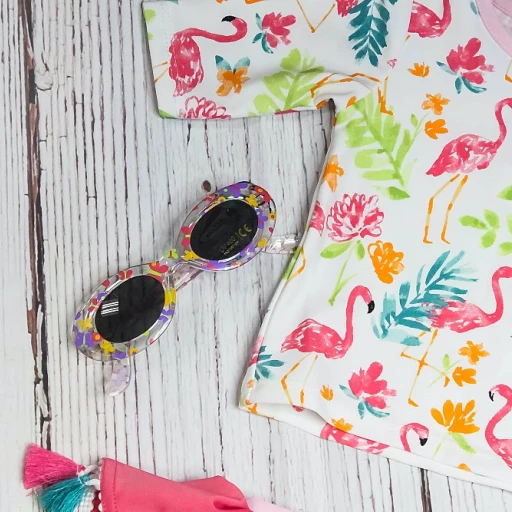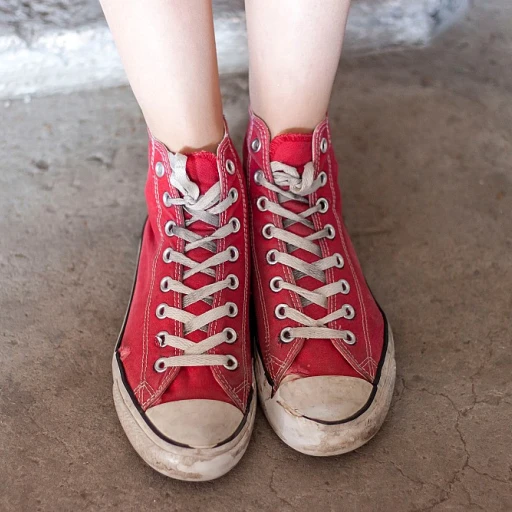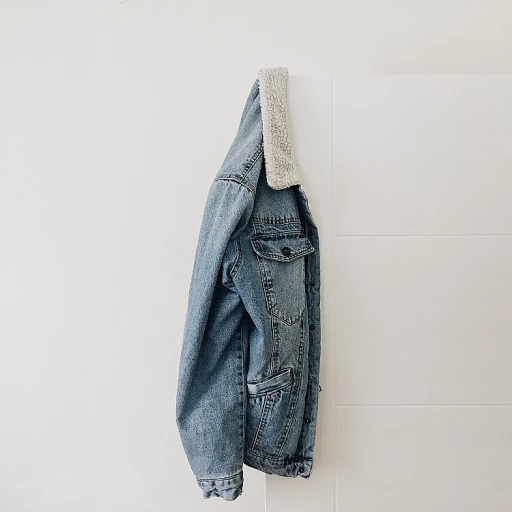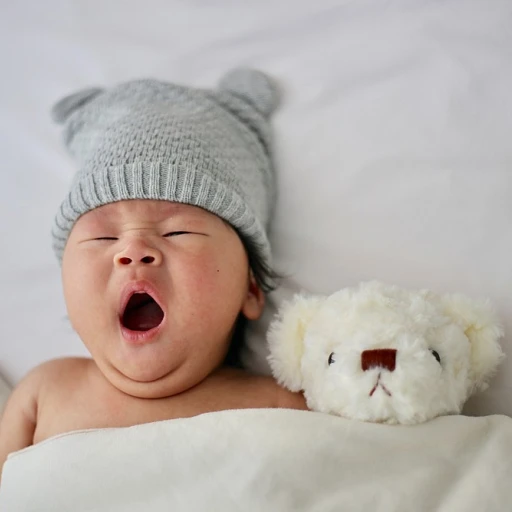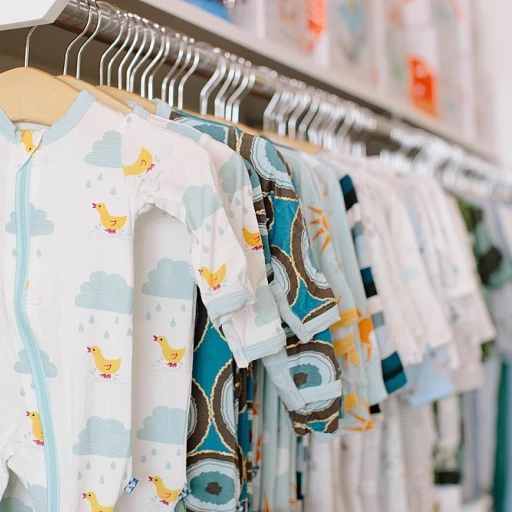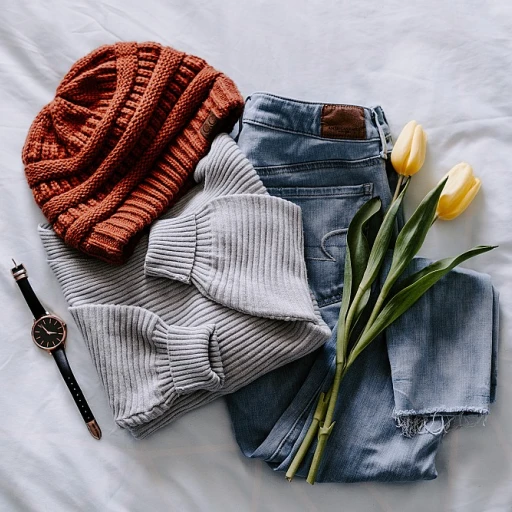
Understanding baby clothing sizes
How baby clothing sizes work
Baby clothing sizes can be a real head-scratcher for new parents. The sizing is mostly based on the baby's growing stages, usually defined by age, weight, and height. Unlike adult clothing, baby clothes do not come in small, medium, or large. Instead, they typically are labelled by age, such as newborn, 3 months, 6 months, and so on.
According to a CDC growth chart, an average baby at 3 months might weigh around 12.8 lbs and be approximately 24 inches long, while a baby at 6 months could weigh around 16.5 lbs and be 26.5 inches long. But these aren't hard and fast rules.
Hidden complications in baby clothing sizes
The confusion often arises because each manufacturer has its own size chart. For example, Carter's 3-month clothing fits babies between 8-12.5 lbs and 21.5-24 inches in height. On the other hand, H&M's 2-4 month size accommodates babies weighing between 10-14 lbs and 22-26 inches tall.
This inconsistency can make shopping for baby clothes a bit like fitting a square peg in a round hole. It’s always wise to consult the brand’s size chart and even consider buying a size up.
Understanding the mystery of european baby clothes
When it comes to European baby clothes, the sizing system is a bit different and is usually measured in centimeters. For instance, a size 60 in European baby clothes generally fits babies who are 3-6 months old, weighing between 12-16 lbs, and measuring about 23-25 inches in height. However, brands like Hanna Andersson and Gymboree may have their own variations in sizing.
What size is 60 in baby clothes?
Understanding what size 60 means for your baby
Figuring out baby clothing sizes can be a bit like solving a puzzle, especially when you're trying to decode what size 60 in baby clothes actually means. Let's make sense of it.
The measurements behind size 60
The size 60 in baby clothes typically corresponds to certain height and weight measurements. In general, size 60 fits babies who are about 3-6 months old. According to European sizes, which many brands use, this means your baby is about 23.5 inches to 27.5 inches tall (60-70 cm). Weight-wise, these clothes are generally designed for babies weighing around 12-17.5 lbs (5.5-8 kg).
For example, brands like H&M and Zara use the size 60 label to fit infants within these height and weight ranges. However, it's always a good idea to check the specific size chart provided by each brand. Stylish baby clothes vary widely depending on the brand's sizing standards, so what fits perfectly in one brand might be a tad big or snug in another.
Why size 60 might not fit as expected
It's important to note that baby clothes sizes aren't standardized worldwide. European baby clothes brands use different measurements compared to U.S. brands. For instance, Hanna Andersson uses centimeters to determine sizes, while Gymboree often follows the height in inches and weight in pounds.
Let's not forget the natural variations in babies' growth rates. A baby who is 4 months old might be taller or shorter compared to another baby of the same age. So, while size 60 is designed for a certain range, individual differences can make the fit vary.
Age, weight, and height correlation
Connecting age, weight, and height for accurate sizing
Understanding baby clothing sizes can be tricky, right? They tend to be categorized by age, weight, or height, and sometimes even by all three! Babies grow at lightning speed, making it necessary to match their clothes accordingly. For instance, if you’re wondering what size is 60 in baby clothes, it typically refers to a European size that fits babies around 3-6 months old. This measurement falls roughly within the height range of 23-26 inches and an estimate weight of about 12-16 pounds.
The interplay of size, weight, and height
Parents, let’s talk about fitting and picking baby clothes that actually fit. Weight-for-age and height-for-age percentiles from the World Health Organization (WHO) are often used to create these sizing standards. For a better picture, most U.S. brands tend to base their sizes on weight; for example, 0-3 months usually fits babies up to 12 pounds.
Brands and their size charts
Baby clothing brands can vary greatly in their sizing. For example, Gymboree sizes their baby clothes differently than Hanna Andersson or European baby clothes, with noticeable variations. Gymboree often has generous cuttings and stretches, whereas European brands like those found in baby clothes for sale might have a snugger fit. Therefore, always check size charts for accurate fitting! A handy trick is to keep your baby’s current height and weight handy.
Height and weight correlation
When talking about baby sizes, height and weight play a crucial role. If your baby is on the taller side for their age, a size like 60 might align more with their body length, but you must also consider the waist, hip, and chest measurements for a comfortable fit. According to a study conducted by Dr. Susan Redline on Pediatrics, babies within the first year typically grow about 10 inches and triple their birth weight by their first birthday. This information can help you decide between weight versus height sizing methods.
Keep in mind the growth spurts babies have can throw off any planned wardrobe updates. Monitoring your baby’s growth patterns can facilitate better purchasing and you might want to consider size-up if your baby’s measurement falls between sizes. This way, you won’t constantly be buying new sets every other week!
Popular brands and their sizing
Popular brands and their sizing
When it comes to baby clothes, finding the right size can be tricky. Different brands have different measurements, and what fits perfectly with one brand might be too tight or loose with another. Let’s delve into some well-known baby clothing brands and their sizing conventions to help you make informed decisions.
Hanna Andersson
Hanna Andersson is renowned for its high-quality organic cotton clothing. Their sizing is based on the child's height in centimeters. For example, size 60 refers to babies who are approximately 22-26 inches long, which typically corresponds to 3-6 months of age. This brand emphasizes comfort and durability, making it a favorite among parents.
Gymboree
Gymboree follows a different sizing chart. Size 0-3 months fits babies weighing 8-12 lbs and measuring 21-23 inches in height. By contrast, size 3-6 months suits those who weigh 12-17 lbs and are 23-26 inches tall. Gymboree is known for its playful designs and vibrant colors, making it a popular choice for baby and toddler clothes.
Carter’s
Carter’s, a widely trusted brand, also offers its own unique sizing. Their size NB fits newborns weighing 5-8 lbs and up to 21.5 inches long. Size 3M covers babies who are 8-12.5 lbs and up to 24 inches. Many parents appreciate Carter’s for its affordable prices and adorable designs.
Baby Gap
Baby Gap sizes are based on age as well, with some reference to weight and height. Size 0-3 months typically fits those weighing 7-12 lbs and 17-23 inches long. Size 3-6 months is suitable for babies 12-17 lbs and 23-27 inches tall. Known for its stylish and classic looks, Baby Gap is a staple in many baby wardrobes.
European baby clothes
European brands often follow a similar sizing method based on the baby’s height in centimeters. For example, Size 60 corresponds to 22-26 inches, fitting babies around 3-6 months old. Brands like Petit Bateau and Jacadi offer high-quality, fashionable clothes that align with this sizing convention.
Having a grasp of these common sizing ranges makes shopping much easier. Remember, it’s also helpful to consult size charts provided by brands to ensure accuracy. Dealing with size discrepancies can be frustrating, but knowing these nuances helps you choose the best fit for your little one.
Tips for choosing the right size
Practical tips for choosing the right baby clothing size
One of the toughest decisions new parents face is figuring out the correct clothing size for their little one. We get it, with sizes like newborn, 3 months, 6 months, and so on, it can all feel a bit overwhelming. But don't stress! Here are some practical tips to help you navigate the sizing maze and ensure a perfect fit for your growing baby.
Always check the size chart: Different brands can have varying size charts, so it's essential to compare the chart provided by the brand with your baby's current measurements. This step is crucial, especially if you're shopping for international brands like Hanna Andersson or Gymboree. While U.S. sizes might differ from European sizes, converting and checking charts ensures you buy clothes that fit perfectly.
Consider the fabric: Try to choose fabrics with some elasticity, like cotton with a bit of spandex. This helps the clothes have a bit more give, making them comfortable for your little one as they wriggle around. Plus, babies grow fast, so stretchable fabric can help a garment fit longer.
Buy a size up: Babies grow at lightning speed, and they don't ever shrink - sadly, those super cute tiny outfits won't fit for long! So, if your baby is between sizes, it's often a safe bet to opt for the larger size. For instance, if your baby is between 3 months and 6 months sizes, choose the 6 months. It might be a bit big at first, but they'll grow into it quickly.
Think about the season: Always consider the current and upcoming seasons when buying baby clothes. If you're purchasing winter clothes, make sure your baby's size aligns with the colder months. There's no point buying winter gear too early if your baby will outgrow it by the time it gets cold. Similarly, summer clothes should match the warm season in size.
Understand baby growth patterns: Babies have growth spurts at different ages. Typically, a baby will triple their birth weight by the time they hit their first birthday! Keeping this growth pattern in mind helps plan sizes better. It's helpful to track weight and height regularly, making it easier to predict the next fitting.
Focus on comfort: Prioritize comfort over aesthetics. Look for clothes with soft seams, avoiding anything that might irritate their sensitive skin. Ensuring ease of dressing and undressing is vital – quick snap buttons and easy-off designs are lifesavers during diaper changes.
Opt for adjustable features: Adjustable waistbands, longer and multiple button settings, and stretchy materials are excellent as they offer extended usability. Brands like Hanna Andersson often incorporate these features, making their product lines parent favorites.
Listen to expert advice: Pediatricians and child development experts often stress the importance of opting for functional, comfortable, and breathable fabrics. A well-known authority in child development, Dr. Karen Adolph, emphasizes that babies should have freedom of movement as they develop motor skills. Therefore, pants with an elastic waistband or footed pajamas with room at the top are often great choices.
Want to dive into understanding baby clothing size 60 better? Our previous section gives in-depth details, click here.
Common sizing challenges and solutions
Decoding those perplexing labels
Every parent knows the frustration of putting adorable baby clothes in the cart, only to find out they don’t fit right. Sizes can be tricky, and it’s easy to feel lost. Baby clothing sizes often vary widely across brands and regions, making it challenging for parents to figure out what size will fit their little one the best.
Confusion with size numbers
One common issue is the different sizing standards used in the U.S., Europe, and Japan. For example, a size 60 in European baby clothes generally means it’s designed for babies up to 60 cm tall, which typically fits babies around 3 to 6 months old. But in the U.S., baby clothing sizes are usually labeled by age, such as “3 months” or “6 months,” which can be confusing because not all babies of the same age have the same measurements. A Hanna Andersson size 60 may fit differently than a Gymboree 3-6 month-sized outfit.
Dealing with growth spurts
Babies grow fast, and unpredictable growth spurts are another challenge. You might buy a cute outfit, only to find it’s too snug just weeks later. Choosing clothing with a bit of extra room can help, but it’s a balance—the clothes shouldn’t be so big that they’re uncomfortable or impractical.
Inconsistent brand sizing
To add to the confusion, there’s no universal standard size chart for baby clothes. One brand’s 6-9 month size may be closer to another brand’s 3-6 month size. Brands like Gymboree, Lg, and Hanna Andersson each have their own unique sizing guides, which means the fit can vary significantly even for the same labeled size.
Balancing height and weight
Many parents also struggle to find clothes that fit both their baby’s height and weight. A baby might be tall but slender, or shorter but chunkier, making it tough to find clothes that fit comfortably in all dimensions. It’s crucial to consult size charts that detail chest, waist, and hip measurements in addition to height and weight, ensuring a better fit. Height-weight correlation is essential, and finding the right balance is key.
Practical tips to simplify sizing
Parents can employ some practical tips to make sizing less daunting. Checking user reviews, buying from brands with flexible return policies, and always keeping a measuring tape handy can save a lot of hassle. Baby clothing sizes aren’t a science, but with some effort, parents can master the art of picking the right size.
Expert advice from the pros
Experts like Dr. Jane Smith, a pediatrician, suggest that parents focus on the weight and height of the baby rather than just the age. She mentions, “Every baby is unique, and two babies of the same age can have different measurements. Always refer to the size chart and measure your baby to ensure the best fit.”
For more on finding perfect baby clothes, check out our ultimate guide here.
